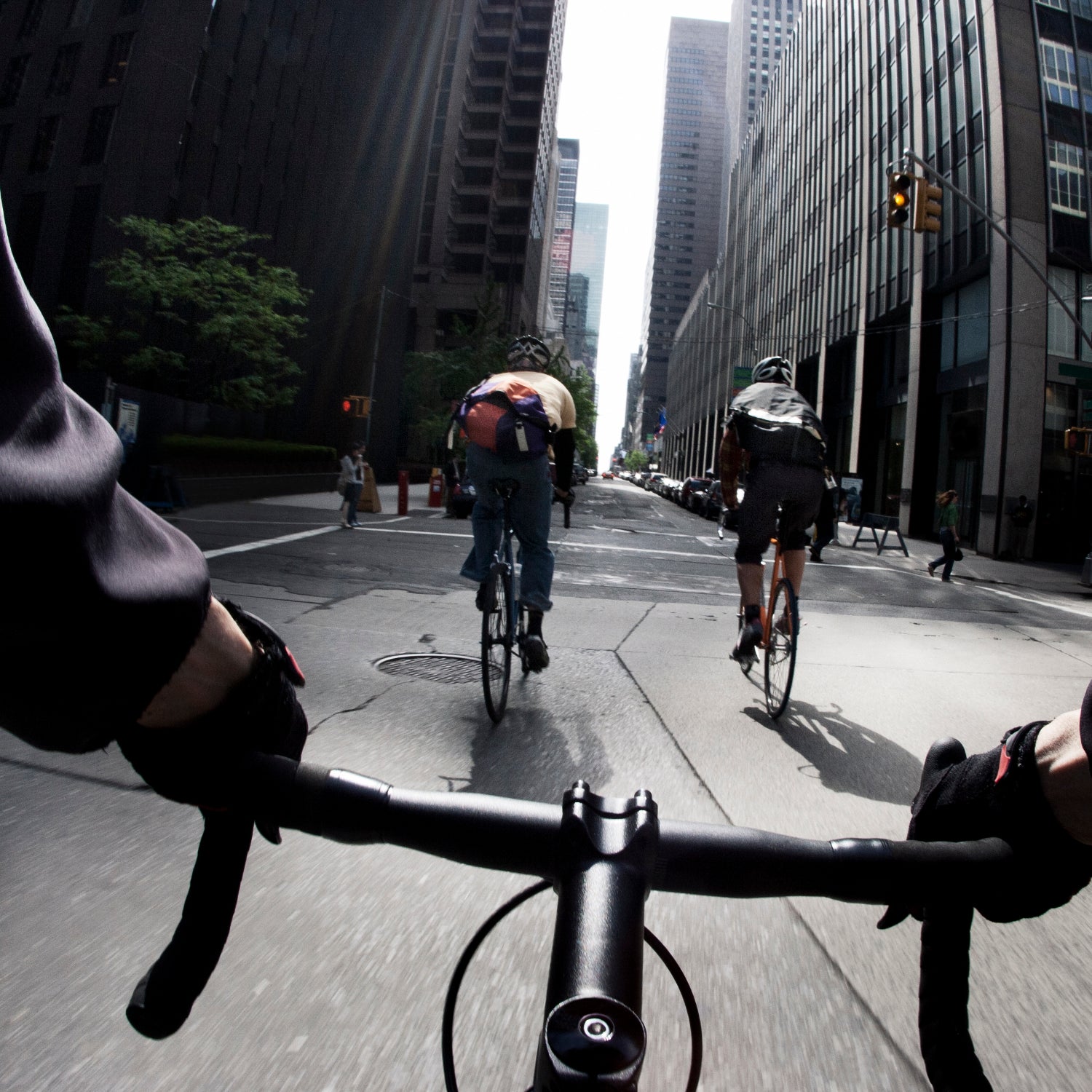Many traffic lights don’t recognize cyclists. They rely on inductive loops—basically giant metal detectors—buried underground that are set to detect multiton hunks of metal and trigger the signals from red to green.
While some cities are adjusting the settings of inductive loops so the units detect cyclists, a growing number of cities around the world are testing entirely new tech to ensure cyclists always trigger stoplights.
Take London, where a slated to launch in the near future will utilize radar and thermal cameras to sense cyclists at an intersection. Once green, lights will accommodate cyclists, extending the duration of the green if cyclists are still riding through the intersection.
Then there’s Austin, which outfitted about 24 traffic lights with . The signals detect riders who have downloaded and are running the app, which launched in beta last week.
Currently, the Texas pilot program is available only to a select group of city workers. The $250,000 trial will run until next year, at which time city planners will evaluate its effect, says , assistant director of traffic management at the Austin Transportation Department.
“With this app, we’re not looking for it to replace loops in the roadway. We’re seeing it as another tool to address the needs of detecting cyclists at intersections and to make it safer for them,” says Dale.
In Denver, seven intersections have either infrared or thermal cameras mounted on traffic lights to detect riders. A green bike symbol painted on the roadway indicates which intersections have the tech. The pilot will run through October, at which time the city will determine which camera is more effective and decide how to proceed.
The Mile-High City is also installing 19 miles of bike lanes and seven miles of sharrows, delivering two more protected bike lanes to downtown Denver, opening a new pedestrian and bike bridge, creating the city’s first neighborhood bikeway, implementing a new bike parking program, updating Denver’s bike map, and launching .
These programs will address a steady increase of cycling in the city as well as increase the efficiency of multimodal transport (using more than one form of transit during your trip), according to , director of transportation for Denver Public Works.
“We’re growing so quickly, and there is some frustration about traffic and congestion. What is challenging for folks is the way we’ve improved our transportation system in the past is not the way we’ll be able to improve our transportation in the future, because it’s a finite system in terms of the footprint,” she says.


